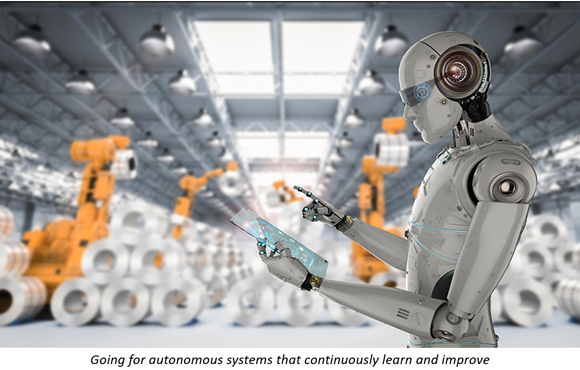
Today, automated systems can operate without human intervention and are increasingly being developed and deployed. In a presentation at the University of Delaware, NIST Transformative Networks and Services Group Leader, Tao Zhang, provided a vision of how systems could become more autonomous – not only operating without human intervention but also improving themselves.
Automated and future autonomous systems operate on a “closed loop.” They need to be trained on data to detect events, do risk analysis, and respond to events. This requires addressing many new challenges, including, for example, building machine learning models. Today, the training data often needs to be labelled by humans to support supervised machine learning – a costly and time-consuming process. We will need ways to significantly reduce human involvement in preprocessing such training data. We will further need ways to train machine learning models in a distributed manner, wherever data is located, such as at the network edge.
Automated systems need continuous learning to meet new and changing situations. The emergence of 5G and 6G could enable automated systems to go beyond edge learning to what is called “pervasive learning.” The automated system will share selected edge-collected data and edge-learned knowledge and get centralized learning help from 5G/6G core networks and clouds. Also edge and cloud systems will increasingly collaborate with each other. Where data should be processed – on the edge or in the cloud – can be determined by data availability, learning needs, computing capabilities, among other factors.
Highly automated 6G networks will enable greater and more continuous learning. 6G networks are expected to rely on an “Artificial Intelligence-Native Architecture” which will extensively use artificial intelligence, reaching to all components in a networked system. This architecture will allow greater data sharing across connected systems enabling their continuous learning and improvement.

